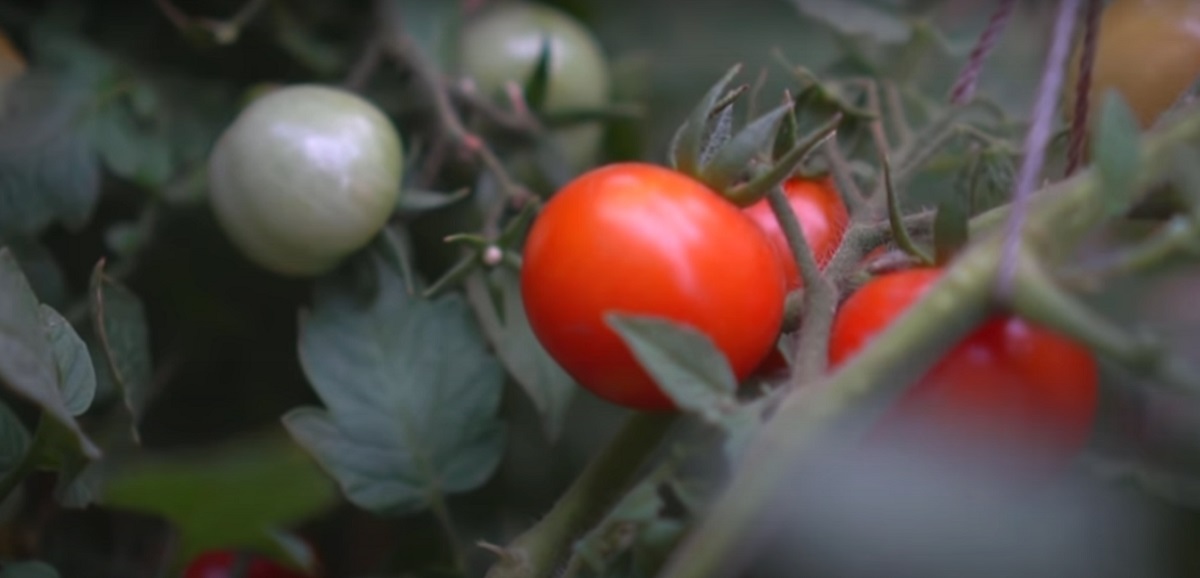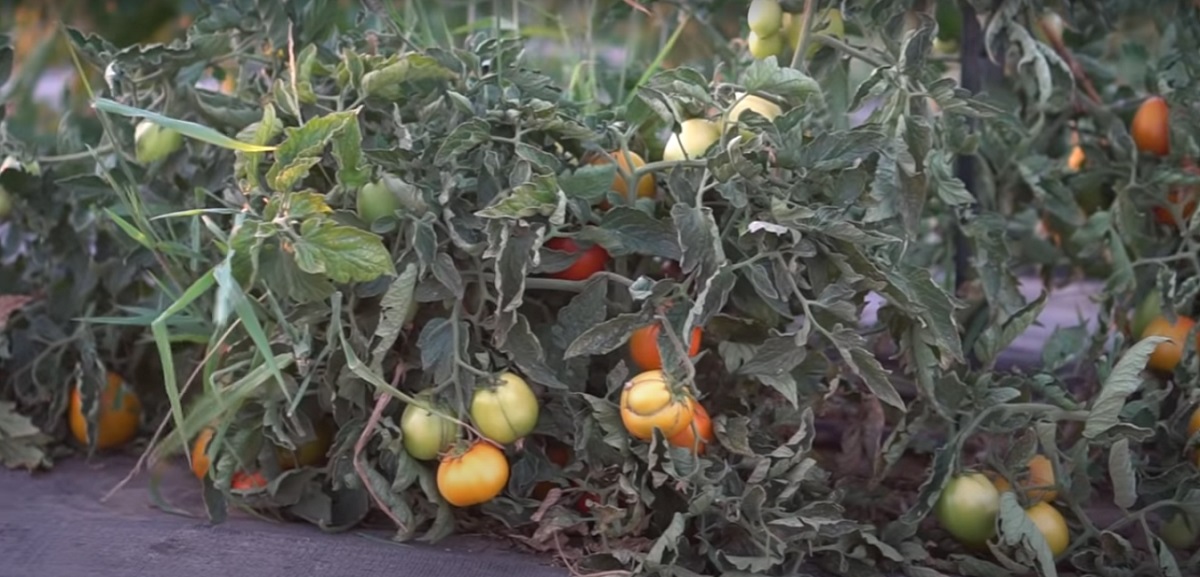What are the symptoms of phosphorus deficiency in tomatoes?
introduction
Plants that do not have enough phosphorus grow slower than plants that have enough phosphorus, even if they are in the same environment. You can contact our experts for advice on healthy nutrition.
What are the symptoms of phosphorus deficiency in tomatoes?
Symptoms of phosphorus deficiency:
- – Stop growth
- – Young leaves are small, woody, and dark green to gray, old leaves turn yellow.
- – Root growth in tomatoes
Phosphorus deficiency can stain leaves, causing them to turn brown or die.
Recognizing phosphorus deficiency can be difficult because the symptoms are usually unclear.
If a plant does not have enough phosphorus, it may become shorter.
Young, healthy plants may be mistakenly identified as phosphorus-deficient plants:
Blue-grey spots may appear on a plant’s leaves due to insufficient phosphorus, and brown streaks may appear on older phosphorus-deficient leaves.
Eliminating phosphorus deficiency
Like nitrogen and potassium, phosphorus moves from the lower leaves to the upper leaves, so phosphorus deficiencies are more likely to be visible in the lower leaves.
In general, purple coloration of the lower leaves and their downward turn, shrinkage of the lower leaves, thinning of the stem, brown coloration of the roots, and reduction of secondary roots are the most specific symptoms of phosphorus deficiency in tomatoes.
What are the causes of phosphorus deficiency?
Plants need phosphorus to grow. In tomato growing, the soil usually contains sufficient phosphorus from chicken manure and other sources.
So the main reason there is not enough phosphorus in the soil is because the pH or alkalinity of the soil is not properly balanced. For phosphorus to be available, the pH should be between 6.8 and 6
Correcting the phosphorus deficiency:
– Use of phosphorus fertilizers in soil
– Use of phosphorus fertilizers in irrigation water
Elimination of phosphorus deficiency
Plants need phosphorus at all stages, but their needs are higher during the rooting and flowering period.
– Phosphorus levels in the soil can be increased with these fertilizers.
– Ammonium monophosphate, potassium monophosphate, diammonium phosphate, sulfur phosphate, phosphoric acid, Npk fertilizers with high phosphorus content.
– Phosphorus deficiency in tomatoes can be corrected by foliar spraying.
However, to remove phosphorus from the roots, the soil pH must be adjusted.
Since phosphorus absorption occurs at a pH below 7, adjusting the pH to absorb more phosphorus is difficult and costly.
In this situation, the use of phosphoric acid is better than other sources.
Direct application of a mixture of ammonium monophosphate, potassium monophosphate, and diammonium phosphate to foliage is a better method of treating the deficiency.
Although the components can be administered more quickly through the foliage, it is still necessary to carry out the treatment in its original form from the root.
Excessive phosphorus consumption can make it difficult for the body to absorb sufficient amounts of the less important substances iron and zinc, so it is important to consult with professionals who are knowledgeable about phosphorus.
Phosphorus poisoning:
Phosphorus poisoning in cucumber plants is very rare. The optimum phosphorus concentration in greenhouse cucumber leaves is 0.6 to 1.3%, based on the dry weight of the leaves at the center of the main shoot.
Generally, more phosphorus is found in younger leaves, but the third leaf from the terminal tip of the cucumber plant with a minimum area of 10 cm is the best sampling method.
Phosphorus deficiency is detected at concentrations less than 0.3 or 0.2
Conclusion
Phosphorus in chemical fertilizers is usually in a form called ions. These ions can be readily absorbed by plants.
Phosphoric acid is formed when organic matter decomposes in the soil. Plants can take up phosphoric acid, but they do not use it as fertilizer.
When talking about chemical fertilizers, the amount of phosphorus is usually referred to as the amount of phosphorus oxide.
A lot of phosphorus fertilizer is applied to the soil. Calcium stabilizes it in alkaline soils, while iron and aluminum stabilize it in acidic soils.
The above amounts depend on the fertilization method, the nature and composition of the soil, the records of phosphorus fertilizer consumption in the soil, and the amount of phosphorus fertilizer consumed.
Since the solubility and movement of phosphorus fertilizer in the soil are very limited, it is necessary to introduce phosphorus fertilizer into the soil before planting and apply it directly to the area of root development.
Soil pH can be changed by adding lime to acidic soils and by adding sulfur or acid fertilizers to alkaline soils. Using a lot of animal manure can also help lower soil pH.
The solubility of phosphorus fertilizers also varies. The order of phosphorus fertilizer solution can be written as follows:
Phosphoric acid contains 54% phosphorus oxide and is easily dissolved. However, the use of this strong acid as a fertilizer has its dangers.
Today, people tend to use strong fertilizers such as triple superphosphate and ammonium phosphates.
The new phosphates contain very few impurities from various elements. Triple superphosphate, for example, does not contain sulfur.
However, normal superphosphate contains about 12% sulfur and 18-21% calcium. The use of strong fertilizers can reduce the need for certain substances.










